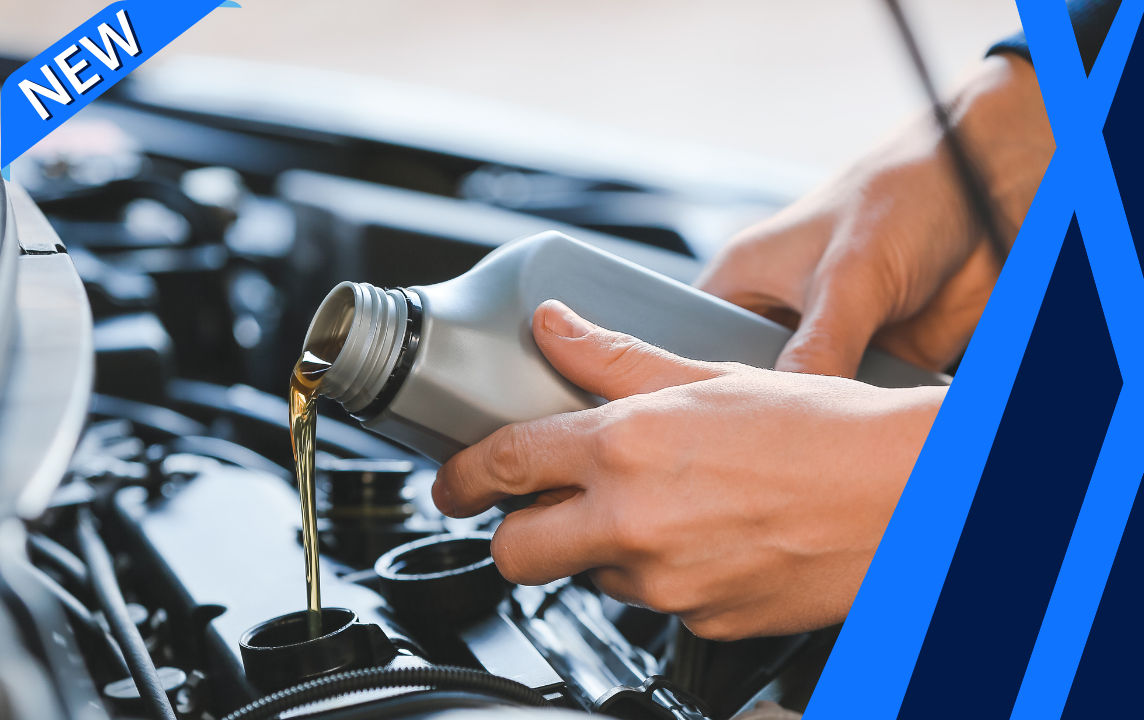Description
What is the Clutch all about?
The clutch provides for the transmission of power, and therefore motion, from one component to another when engaged, but can be disengaged. In the simplest application, clutches connect and disconnect two rotating drive components. It basically connects the engine to the transmission so you can disengage the two to change gears and gradually re-engage. Clutch slippage can be caused by two things: worn facings or loss of spring tension in the pressure plate. Unless the clutch really has been abused or has a lot of miles on it, it’s unlikely the pressure plate is weak. Normal wear reduces the thickness of the facings on the clutch disc, which in turn reduces the clamping force the pressure plate can apply to squeeze the disk against the flywheel. Replacing the clutch disc, pressure plate, and release or “throw-out” bearing should cure the problem.
Keep in mind:
Your Mechanic may have to take the flywheel to the machine shop. The flywheel may have become worn too thin and is no longer serviceable. In this case, a replacement flywheel will be needed at additional cost to complete the repair job. Some flywheels are not serviceable. Our estimate does not include the fee charged by the machine shop.
How it’s done:
- Check the operation of the clutch.
- Remove the transmission.
- Remove the clutch pressure plate, disc, release bearing, and pilot bearing.
- Resurface flywheel, if possible.
- Install new clutch components.
- Install transmission.
- Test drive vehicle and check for leaks.
Our recommendation:
To prolong the life of your clutch, make sure it’s adjusted properly (if applicable) don’t “ride” it, and put the car in neutral when stopped in traffic or at a light.
What common symptoms indicate you may need to replace the Clutch?
- Car does not move.
- Car moves but clutch slips (burning smell).
- Not able to change gears.
- Abnormal noise coming from transmission area.




